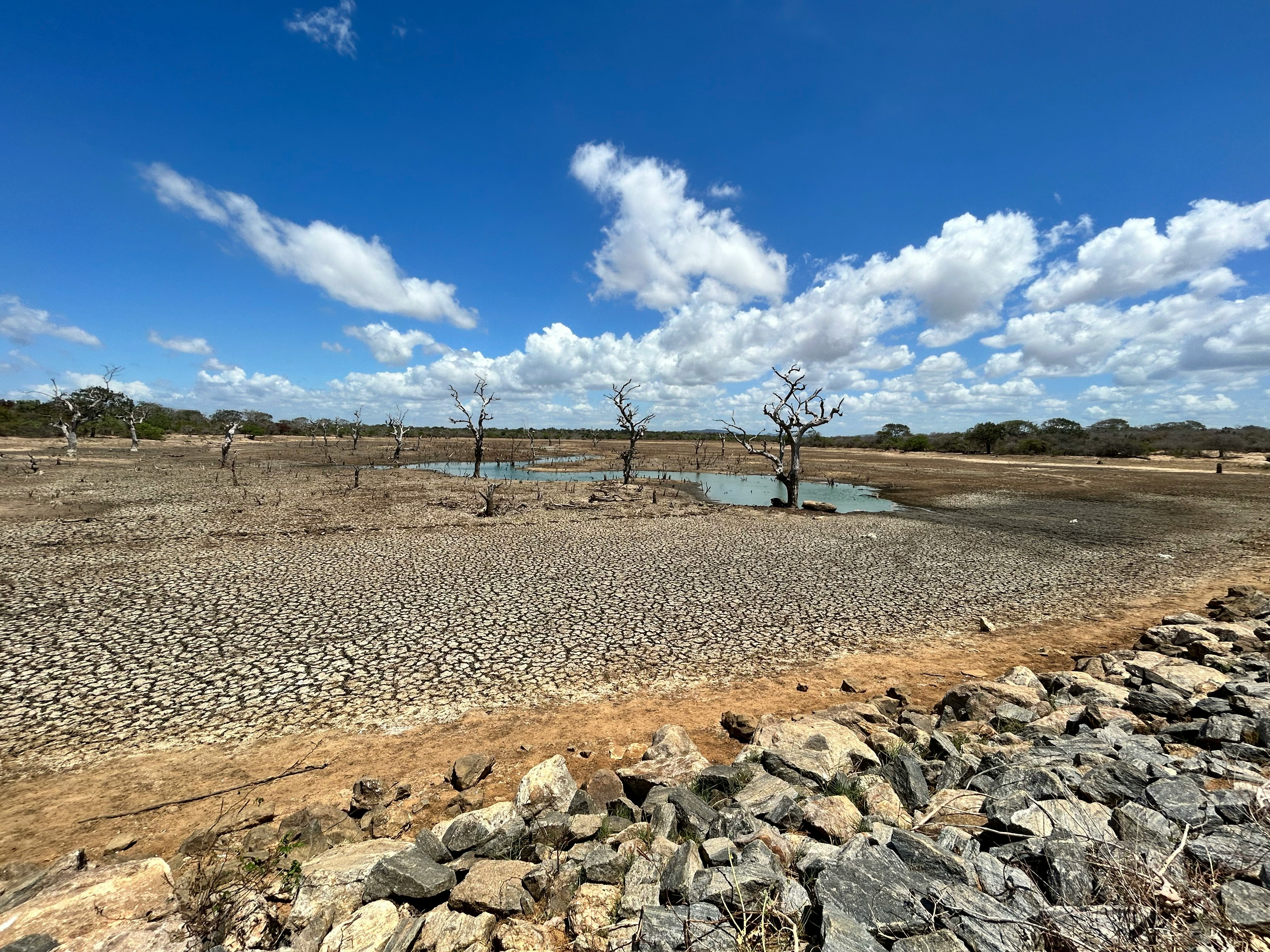Media release
From:
Climate change: Assessing the drivers of increased drought severity
An increasing trend in drought severity between 1901 and 2022 is reported in Nature this week. A driver called atmospheric evaporative demand is likely to have increased global drought severity by an average of 40% globally since 1981. The finding suggests that this process plays a large role in increasing drought severity and is likely to continue under future warming scenarios.
Droughts have severe impacts for ecosystems, biodiversity and human populations and are predicted to become more frequent and intense as a result of climate change. Atmospheric evaporative demand is a measure of how much water could potentially be evaporated and transpired from the Earth’s surface and influences water availability on the Earth’s surface. However, how this process influences drought severity remains poorly understood.
To explore the effect of atmospheric evaporative demand on drought, Solomon Gebrechorkos and colleagues developed a high-resolution dataset of global droughts from 1901 to 2022. They found an increasing trend in drought severity around the world, with drier areas becoming drier and wet areas also experiencing drying trends. They note that drought trends had remained largely flat up to 1981, but since then atmospheric evaporative demand has helped to increase drought severity by an average of 40% globally during this time period. Between 2018 and 2022, the areas affected by drought expanded by an average of 74% compared to the period 1981–2017; the authors suggest that atmospheric evaporative demand contributed 58% to this increase. In 2022, 30% of the Earth’s land surface was affected by moderate and extreme droughts (especially in Europe and East Africa), of which 42% could be attributed to atmospheric evaporative demand, the authors indicate.
Gebrechorkos and colleagues conclude that their findings show the impact of atmospheric evaporative demand on drought severity and highlight that this is likely to continue under current warming trends. They propose that further socioeconomic and environmental measures are needed to mitigate drought impacts.



 International
International



